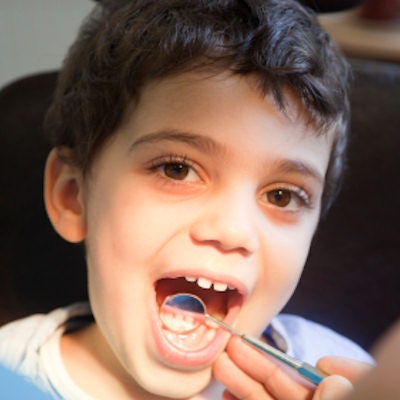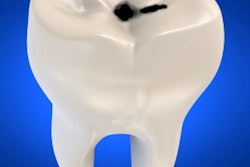
The age, country of birth, and marital status of household members better predict the prevalence of dental caries, sealants, and restorations in children than education, according to a new study published in BMC Oral Health on August 27.
The goal of the study was to determine whether age, birthplace, and marital status were as dependable predictors as income and education for dental sealants, restorations, and caries in children ages 5 to 19.
The research used oral health data from the National Health and Nutrition Examination Survey (NHANES) from 2005 through 2010. The study included about 9,150 children ages 5 to 19 and approximately 31,000 households. Households were defined as those individuals who rented or owned homes and were older than age 18.
The prevalence of children with dental sealants, restorations, and caries was 31.3%, 43%, and 15.8%, respectively, according to the study findings.
After adjusting for factors such as health insurance, citizenship, family size, and children's age, the results showed that children from households that indicated they were never married had the highest odds of having caries. Those who came from college-educated households were the least likely to have caries.
Furthermore, the odds of children having caries increased slightly in women-led households. Children from female-led households also had somewhat higher odds of having sealants and restorations.
Women often have higher health literacy and, therefore, better understand the value of preventive measures, such as sealants, noted study author Victor Alos-Rullan, DMD, of the division of community oral health at Penn Dental Medicine at the University of Pennsylvania in Philadelphia.
The findings also showed that sealants were more prevalent among children from households with a college education. However, children of those ages 39 to 49 had higher odds of having sealants than those from households with college-educated spouses.
Birthplace increased a child's odds of having dental restorations. Children born in Mexico were more likely to have at least one restored tooth. These findings line up with other research that showed disparities in Mexican American and black or African American children's prevalence of caries and dental sealants.
These findings could be used to better understand oral health disparities in children, and these characteristics could be used to identify families with children who are at greater risk for caries or not getting preventive dental services, the author noted.
"Tailored outreach, case management, and patient education interventions could help families and providers to work on strategies to improve children's oral health," Dr. Alos-Rullan wrote.



















